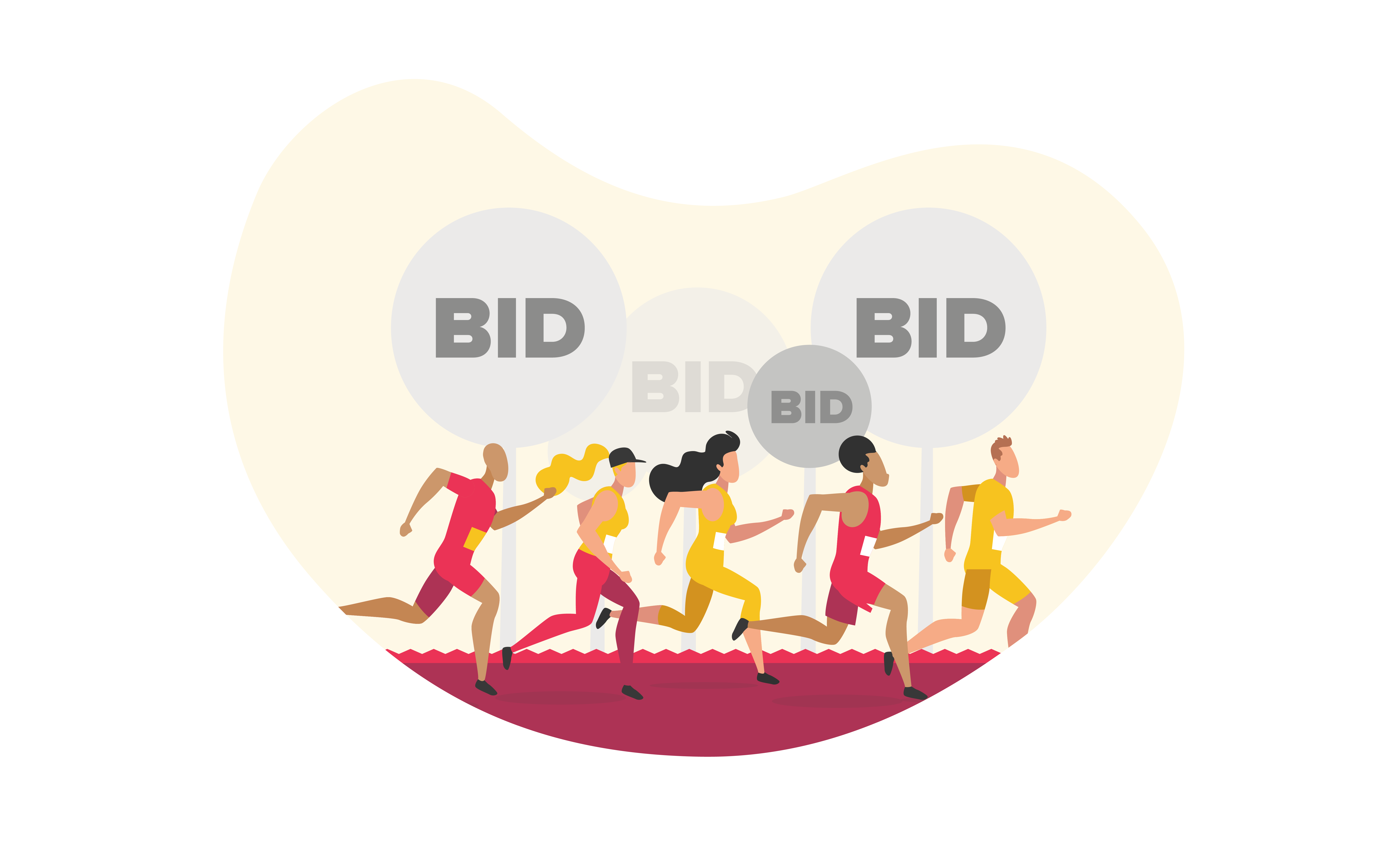How did Adwords change bidding at the end of 2023? (performance analysis)
What is AdWords? Google AdWords, now known as Google Ads, is an online advertising platform by Google. It allows businesses…

Having worked in the past on both ends of the Programmatic market, I have had the opportunity to use and benefit from different automation or optimization tools, not only to run my programmatic campaigns but also to increase the value of the inventory I was managing.
In this article, I will share with you my perspective on why it is so important to have both a consistent sales strategy and some additional tools on hand so as to safeguard the value and prices of the impressions you have available to you.
Publishers and advertisers share one common goal: and that is to run effective ad campaigns that will hopefully bring some benefit to the users. Beyond this, their goals diverge.
Buyers want to get the best impressions for the lowest prices, getting the highest return on ad spend and the lowest cost per action. On the other hand, publishers want to get the most money from the impressions available, driving up both the prices and the fill rate.
Buyers have a lot of tools that help them to buy cheaper and more effectively, and they are using them with greater frequency.
One of the most important of these tools is bid shading. When SSPs moved from the second-price to the first-price auction, DSPs needed to implement algorithms that would help them limit the bid values and drive the sufficient prices down. It was easier in the second-price auction when the winner paid not what they were bidding, but what the second participant had bid, +0,01$.
Bid shading algorithms are both complex and fascinating. For example, here you can find a research paper publisher in July 2021 regarding a specific bid shading algorithm that was able to deliver almost a 9% increase in ROI for CPA-based campaigns following its implementation.
The other automation tools that are available for buyers are used to optimize the ad spend, and below I have listed several possible approaches:

Buyers have little to no control over how these tools work in detail and should think of them as a black box that they are feeding with money and getting some impressions and clicks out of. They deliver great results but still require attention and manual input.
Compared to a homepage takeover-type of creatives, better results are available with CPC when using an automatically optimized Line Item: buying on the Open Market impressions on some ad units on the bottom of the page. In this instance, we found that the CTRs were 20x worse, but the CPMs were 40x better, so in the end, we paid half as much for a single click.
To be clear, advertisers are availing of a large number of automation tools, and they are using them in order to drive the CPM rates down and the ROI up.
The number of tools available to the publishers is limited, but that doesn’t mean they should remain inactive and watch how the value of their inventory goes down over time. In fact, they should do the opposite!
First of all, a publisher should devise a consistent sales strategy, one that incorporates the following key points:
The more the market develops, the more automation tools are available to help in the achievement of these points.
For example, at Yieldbird, we have devised a complex machine-learning solution called Price Genius, which constantly tries to find the best-unified pricing rules to sell the fewest impressions whilst generating the most revenue for a given inventory. Price Genius uses various algorithms and is able to change the floor prices a couple of times every day to make sure that it closely aligns with the market changes. This is very helpful when there are significant and fast changes in the market, for example, when your local currency’s value changes rapidly (and you have a significant portion of buyers from outside your local economy bidding in EUR or USD).
Another tool we have built to help publishers achieve the best value from their inventory is Viewability Booster which tries to determine the best position for ad slots in order to drive the viewability higher for every possible impression. With the help of this tool, publishers can spend less time on the optimization of ad layout.
Are the machines winning? To some extent, they actually are. And so, if you’re on the publisher side, you should get some AI of your own. 🙂
LET’S GET IN TOUCH!

Krzysztof Lis
Partnerships & Consultancy Expert
publishers@yieldbird.com

Karol Jurga
Chief Revenue Officer
See it in action.